Digital Transformation
Empowering Success with Jira Implementation Strategies
Understanding the Need for Scaled Jira Implementation
Table of Contents
In the current landscape of large organizations, the complexity of managing numerous teams and projects can lead to significant challenges. The necessity for a scaled Jira implementation becomes evident as executives face difficulties in maintaining governance, ensuring visibility, and managing resources effectively. As businesses grow, their project management needs evolve, often outpacing existing systems and processes, which can result in collaboration breakdowns and project delays.
One of the primary indicators suggesting the need for a scaled implementation is when teams begin to operate in silos, hindering effective communication and cooperation across departments. This lack of collaboration can stall project lifecycles and lead to misalignment on critical objectives, ultimately affecting the organization’s overall performance. Furthermore, inefficiencies in tracking progress can emerge, resulting in budget overruns and extended timelines that jeopardize project success.
Executives may also encounter challenges related to project visibility. When multiple teams use disparate tools or methodologies, it becomes increasingly difficult to attain a unified view of progress and resource allocation. This opacity can obscure critical data that informs decision-making, leading to reactive instead of proactive management. By implementing Jira at scale, organizations can establish a comprehensive platform that provides transparency into workflows, progress tracking, and resource utilization across all projects.
Additionally, the need for governance is amplified in larger enterprises where compliance and standardization become imperative. A scaled Jira implementation facilitates the establishment of workflows and approval processes that align with organizational protocols, ensuring that teams adhere to established guidelines. This not only mitigates risks associated with project management but also empowers teams to work more effectively within a structured framework.
In conclusion, recognizing the signs that indicate the need for a scaled Jira implementation enables organizations to address their project management challenges proactively. By focusing on governance, visibility, and resource management, executives can leverage Jira to enhance collaboration, streamline processes, and drive overall efficiency in their operations.
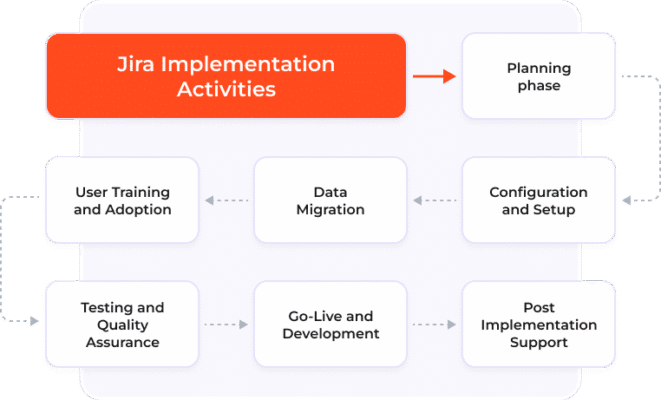
Strategic Governance and Customization of Jira
Establishing a robust governance framework during the implementation of Jira is essential for organizations aiming to leverage this versatile project management tool effectively. Firstly, executives must define clear roles and responsibilities among team members using Jira. This clarity helps streamline workflows and ensures that all stakeholders understand their contributions to the project. By designating project leaders, product owners, and end-users, organizations can foster collaboration while maintaining accountability, an essential component in project success.
Customization of Jira is another critical aspect that executives must prioritize. It is vital to align the platform with existing organizational workflows. Jira’s flexibility allows for various configurations, enabling teams to adapt the tool to fit their specific processes. Custom fields, issue types, and workflows can be tailored according to the differentiations among various departments. This adaptation not only improves user experience but also promotes adherence to organizational practices, ultimately driving higher productivity and efficiency.
In addition to customization, ensuring compliance with industry standards cannot be overlooked. Executives must be aware of regulations that govern their specific industries and ensure that Jira processes, documentation, and data management practices abide by these standards. By incorporating compliance into the customization strategy, organizations can mitigate risks related to data breaches or regulatory violations.
Moreover, maintaining consistent documentation and regular review processes plays a pivotal role in enhancing governance in Jira. By establishing a system for documenting processes, changes, and project milestones, teams can maintain transparency and accountability. Routine reviews allow organizations to assess performance, enabling timely adjustments and refinements to workflows as necessary. This continuous improvement approach not only maximizes the return on investment (ROI) from Jira but also encourages a culture of collaboration and efficiency across all organizational levels.
Enhancing Visibility Across Teams
In the realm of project management, visibility across teams is an essential factor for success. Jira, as a leading project management tool, plays a critical role in promoting transparency and accountability among team members. One of the key features of Jira is its suite of tools and reports that provide executives with insights into team performance and project progress. These tools allow for real-time tracking of tasks, making it easier to identify bottlenecks and address issues promptly.
The use of real-time dashboards is integral to enhancing visibility. With customizable dashboards, executives can set up various widgets that display critical information tailored to their needs. Metrics such as burn-down charts, sprint reports, and cumulative flow diagrams can be easily accessed and monitored. These visual representations of data help teams remain aligned with established objectives and timelines, thus fostering an environment of accountability.
Moreover, Jira’s reporting features facilitate effective monitoring of key performance indicators (KPIs). Executives can generate detailed reports to evaluate team efficiency, assess project timelines, and understand workload distribution. This ability to measure performance consistently not only helps in identifying high-performing teams but also in pinpointing areas needing improvement. The insights derived from these reports can serve as a foundation for strategic decision-making and resource allocation.
To further promote collaboration and communication among teams, it is crucial to encourage regular updates and share metrics openly. By creating a culture where progress is regularly discussed, teams can align their efforts and support one another more effectively. Implementing ceremonies such as daily stand-ups or weekly retrospectives can facilitate this communication flow, ensuring that everyone is informed of project updates and challenges. By leveraging Jira’s features, organizations can enhance visibility across teams, driving accountability and improved performance.
Measuring ROI and Continuous Improvement
Measuring the return on investment (ROI) of a scaled Jira implementation is critical for executives aiming to validate the value of their investment. Key metrics should be established to capture the full spectrum of benefits associated with the adoption of Jira, including productivity gains, project delivery timelines, and team satisfaction levels. The evaluation of these metrics requires a structured approach to ensure that the results are both accurate and actionable.
Productivity gains can be quantified by assessing the completion rates of tasks and projects before and after implementing Jira. Analyzing throughput and cycle time will provide insights into how Jira supports teams in managing their workloads and optimizing processes. Faster project delivery is another significant metric; tracking the reduction in time taken to complete projects, from initiation to delivery, will demonstrate the effectiveness of Jira in facilitating agile methodologies and improving collaboration across teams.
Team satisfaction is equally essential, as it impacts overall performance. Regularly surveying team members about their experiences with Jira can yield valuable feedback. Implementing a feedback loop will help in identifying areas for improvement and highlighting features that enhance user experience.
To foster continuous improvement, organizations should adopt a framework that encourages regular evaluations of Jira usage. This may include scheduled reviews of progress towards defined objectives, assessment of compliance with best practices, and the introduction of periodic training sessions for team members. Learning from past projects and actively refining processes will enable organizations to adapt Jira to evolving business needs effectively.
In conclusion, measuring ROI and encouraging continuous improvement are vital for maximizing the benefits of a scaled Jira implementation. By focusing on productivity, project delivery, and team satisfaction, organizations can ensure that they derive the most value from their investment in Jira while remaining agile in a continuously changing environment.



























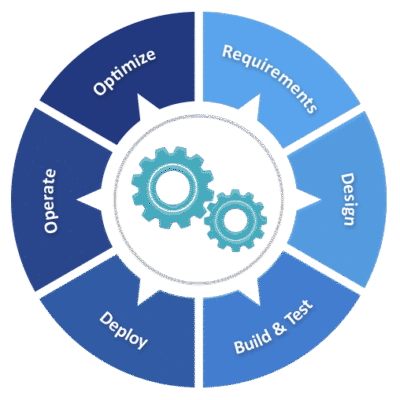


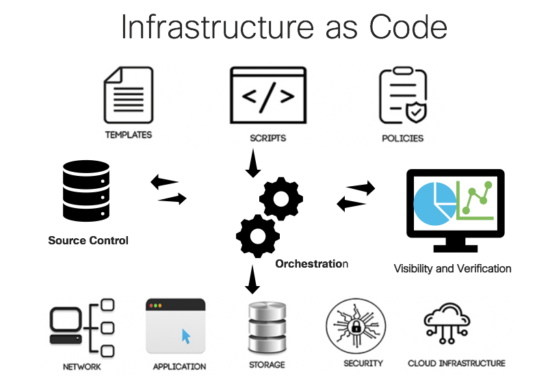
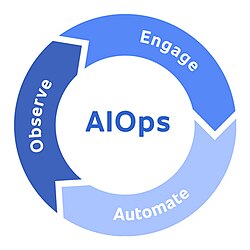

























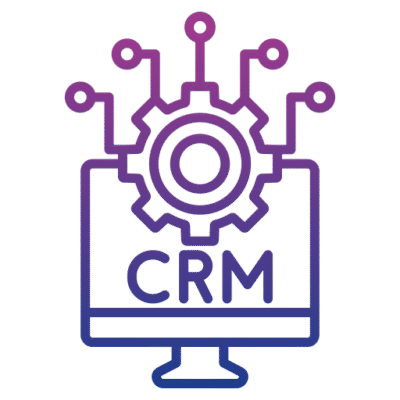





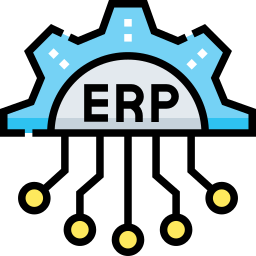


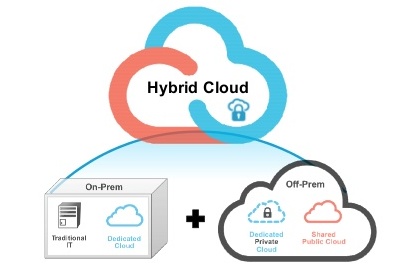

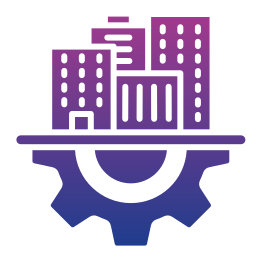



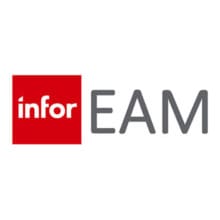








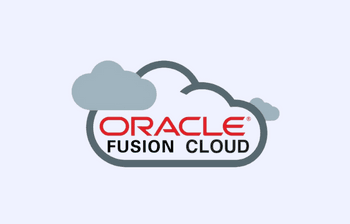



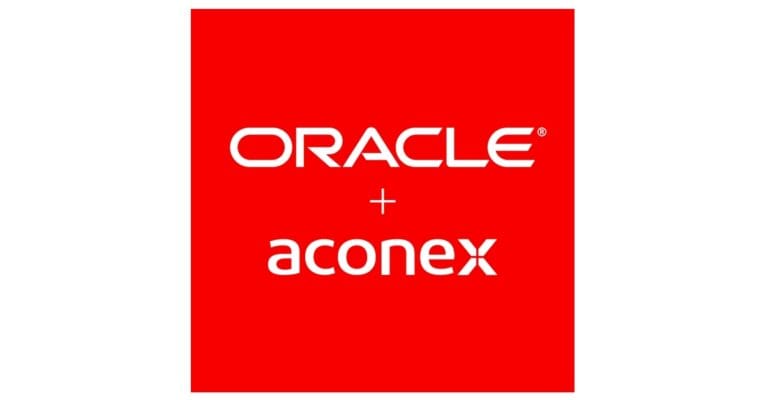





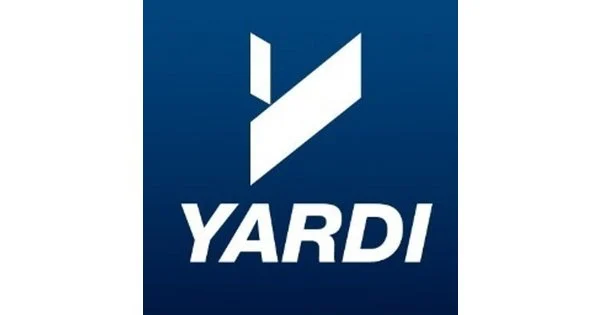

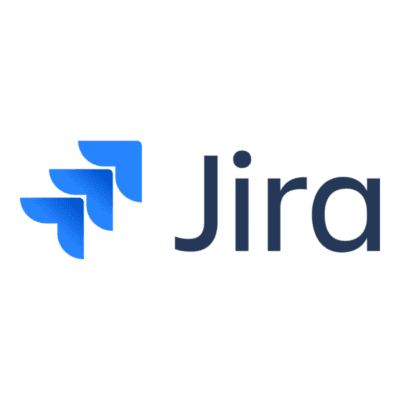

Thanks for reading! Stay curious, keep exploring.